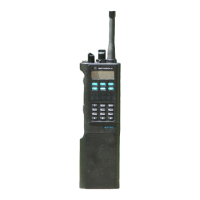
Do you have a question about the Motorola Astro Digital Saber II and is the answer not in the manual?
| Channel Capacity | 16 Channels |
|---|---|
| Encryption | DES, AES (optional) |
| Power | 7.5V DC (battery or external power source) |
| Signaling | MDC1200, DTMF |
| IP Rating | IP54 (dust and splash resistant) |
| Frequency Range | VHF: 136-174 MHz, UHF: 403-470 MHz, 450-512 MHz |
Check the shipping carton and its contents for any signs of damage or missing items upon arrival.
Overview of the radio's physical components, including programmable switches and buttons.
Instructions for identifying and correctly installing or removing the radio's antenna.
Step-by-step guide for safely installing and removing the radio's battery pack.
Procedures for attaching and detaching the belt clip for convenient carrying of the radio.
Guide on how to install and remove the cover protecting the radio's accessory connector.
Instructions on how to power the radio on and off using the On/Off/Volume Control Knob.
Guide to selecting the desired operating zone and channel for radio communication.
Procedures for listening to transmissions and speaking into the radio using the PTT switch.
How to view, change, and select entries from the radio's memory lists.
An overview of various common radio features and their basic operational functions.
How to send predefined status or message calls to a dispatcher.
Procedures for initiating emergency alarms or calls for critical situations.
Details on making private calls like telephone, private-conversation, and selective calls.
How to override coded squelch settings to hear all channel activity.
Explanation of how to activate repeaters for extended radio range.
Guide to switching between repeater and direct (talkaround) operation modes.
Information on how to use the scan feature to monitor multiple channels.
How to choose between different squelch modes like PL, DPL, and carrier squelch.
Features that prevent transmission on busy or incorrectly keyed channels.
How the dispatcher can temporarily reassign radios to a special channel for communication.
Feature to display the radio ID number of the incoming transmission.
How the radio's ID is automatically sent with transmissions.
Information on enabling digital encryption for secure voice communications.
Procedures for loading and erasing encryption keys on the radio.
How to manage multiple encryption keys and algorithms on the radio.
Selecting groups of encryption keys using indices for different operational needs.
How to choose between high and low transmit power levels for messages.
Features related to managing trunked radio systems, including busy override.
Radio behavior during a trunking system failure, reverting to failsoft mode.
What happens when the radio loses communication with the system's control channel.
How to lock the radio to a specific site to prevent roaming.
Radio behavior when a site loses communication with the zone dispatcher.
Definitions of common terms and acronyms used in the manual and radio operation.
Explanation of the different sounds produced by the radio and their meanings.
Description of symbols displayed on the radio screen and their corresponding meanings.
Instructions for charging, handling, and recycling the radio's battery.
Advice for troubleshooting common radio problems and optimizing performance.
Guidelines for cleaning and handling the radio to ensure its longevity.
Warnings and precautions regarding the installation of radio equipment near vehicle air bags.
Information on FCC regulations regarding radio frequency energy exposure and safe operation.




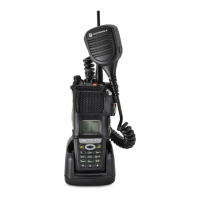
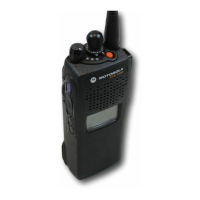

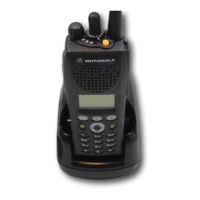
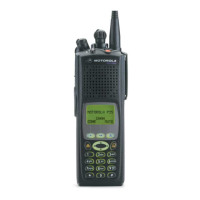



